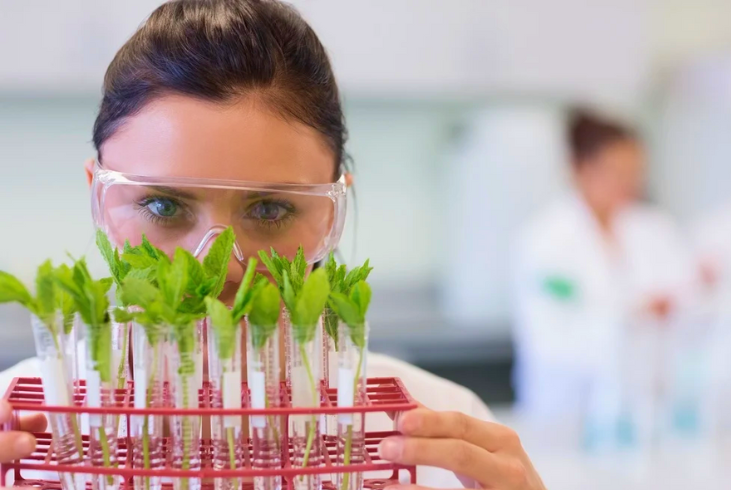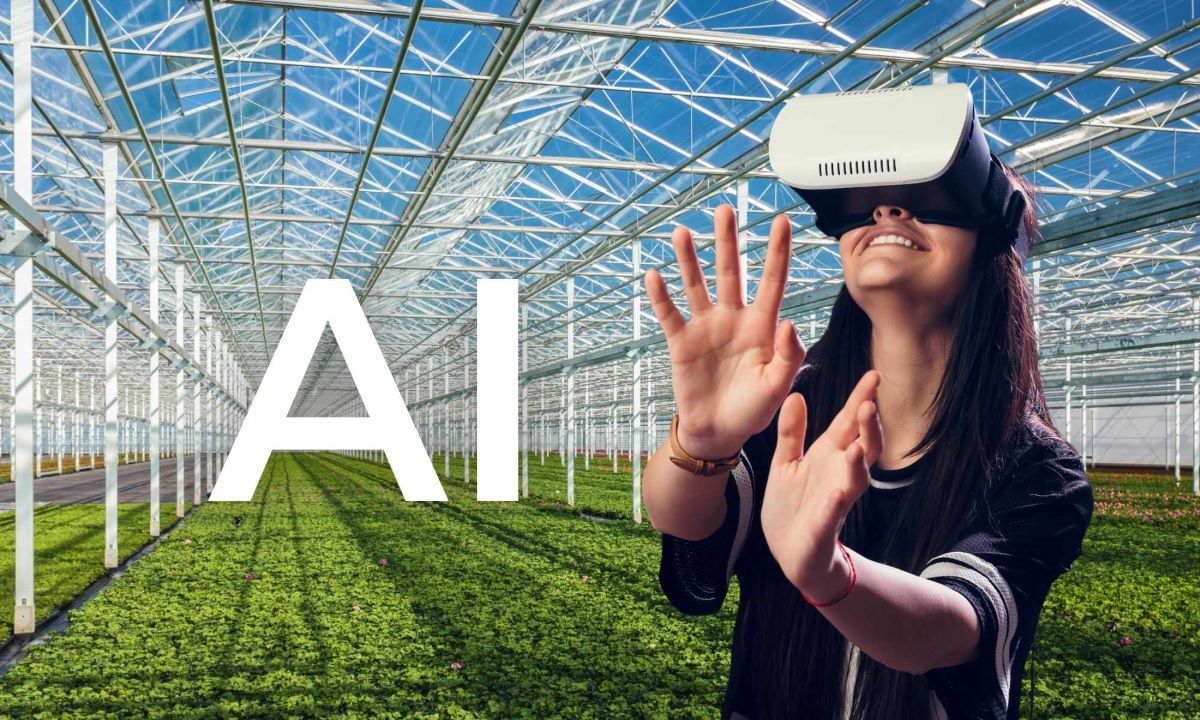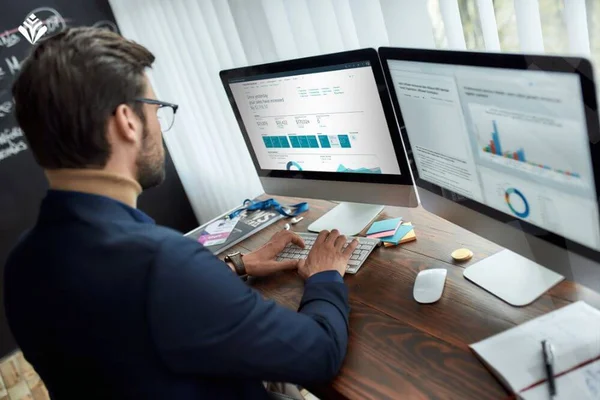In the previous blog we saw that the need to change the business model due to changes in the outside world is a driver for digital transformation. The surge of online shopping, the emergence of digital marketplaces, increasing attention to added value and growing consumer individualization are factors that show that "digital transformation" was not made up by IT people who want to keep working.
Not only the outside world, but also the inner world is changing.
I’m reminded of a visit to California several years ago. The horticulture in that state largely relies on Mexican employees. But that suddenly became less and less. Not only was the then President of the U.S. not keen on this phenomenon, even more important was the improving economy in Silicon Valley. A few dollars extra income per hour brought a lot of Mexican workforce from the plants to the scaffold.
A sector that works with a lot of low-skilled workers suddenly turns out to be very vulnerable to these kinds of effects. Not to mention an expected significant increase in the minimum wage.
The answer to this was found in Agri Tech, the use of intelligent machines and picking robots. In short, in the digitization of the workplace, necessarily coming with different working methods.
Specialist positions in horticulture
The change of the inner world is not limited to the availability of low-skilled labor. How difficult is it to fill the specialist positions in a horticultural company? If it is already a problem in a horticultural country like The Netherlands, how big should that problem be in countries where horticulture has a less prominent place on the educational agenda?
Digital transformation therefore is not only limited to tasks to be performed physically, but also interferes with the more intelligent tasks. And that brings us to the use of data.
Data is the new oil!
Current software systems have always been designed to assist people in the company with their work. Then you should immediately think of the execution of transactions: purchasing, sales, accounting, production, stock, etc. Only in a second stage it is considered to combine and analyze the data that is stored and retained as a result in databases, or to use it intelligently.
Add a splash of artificial intelligence (AI) and the ability to self-learn to the data and calculation models and watch: more intelligent tasks can also be performed by "lesser" specialists.
Conclusion
We started this blog with it: digital transformation is all about changed business models. Models that change not only because of the changes that take place in the outside world, but also because of changes that take place in the inner world.
Want to know more about this? Follow the webinar on May 20th and learn how leading companies in the sector are dealing with this.










